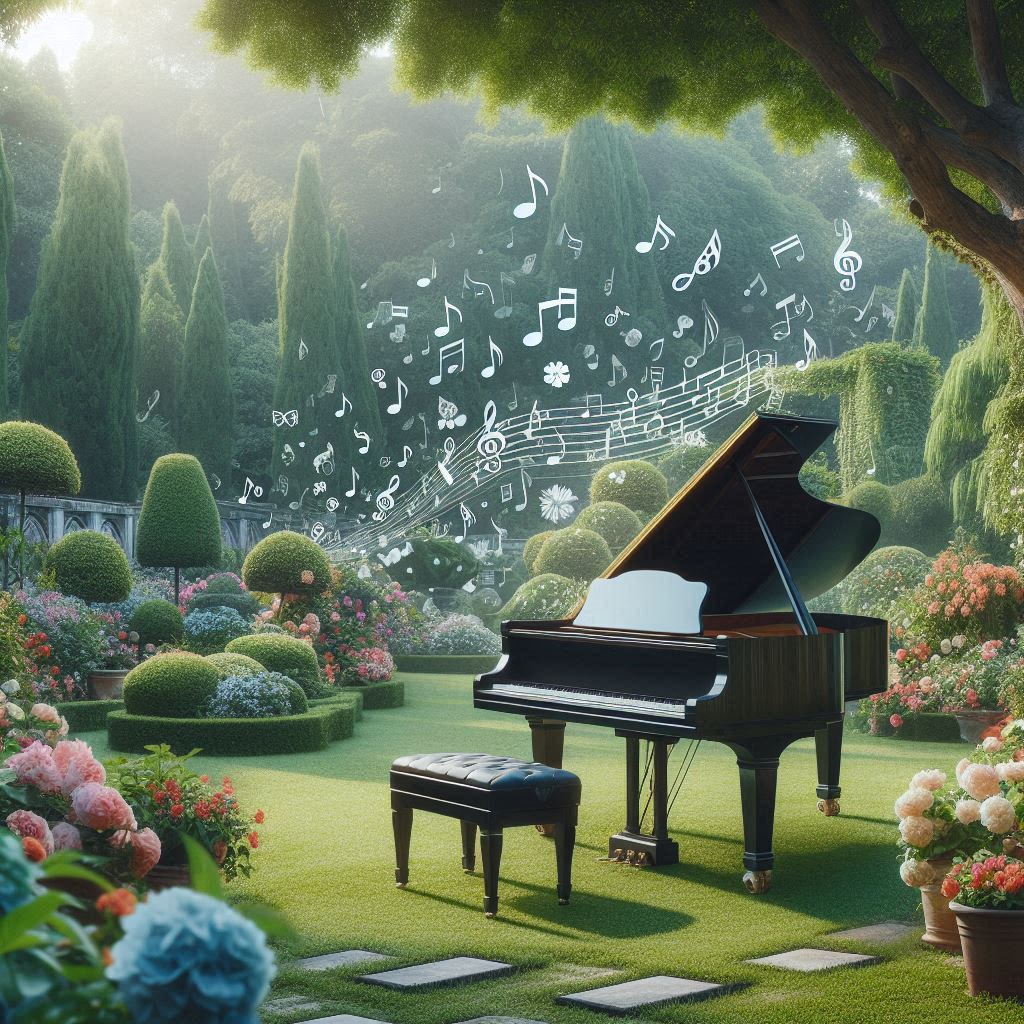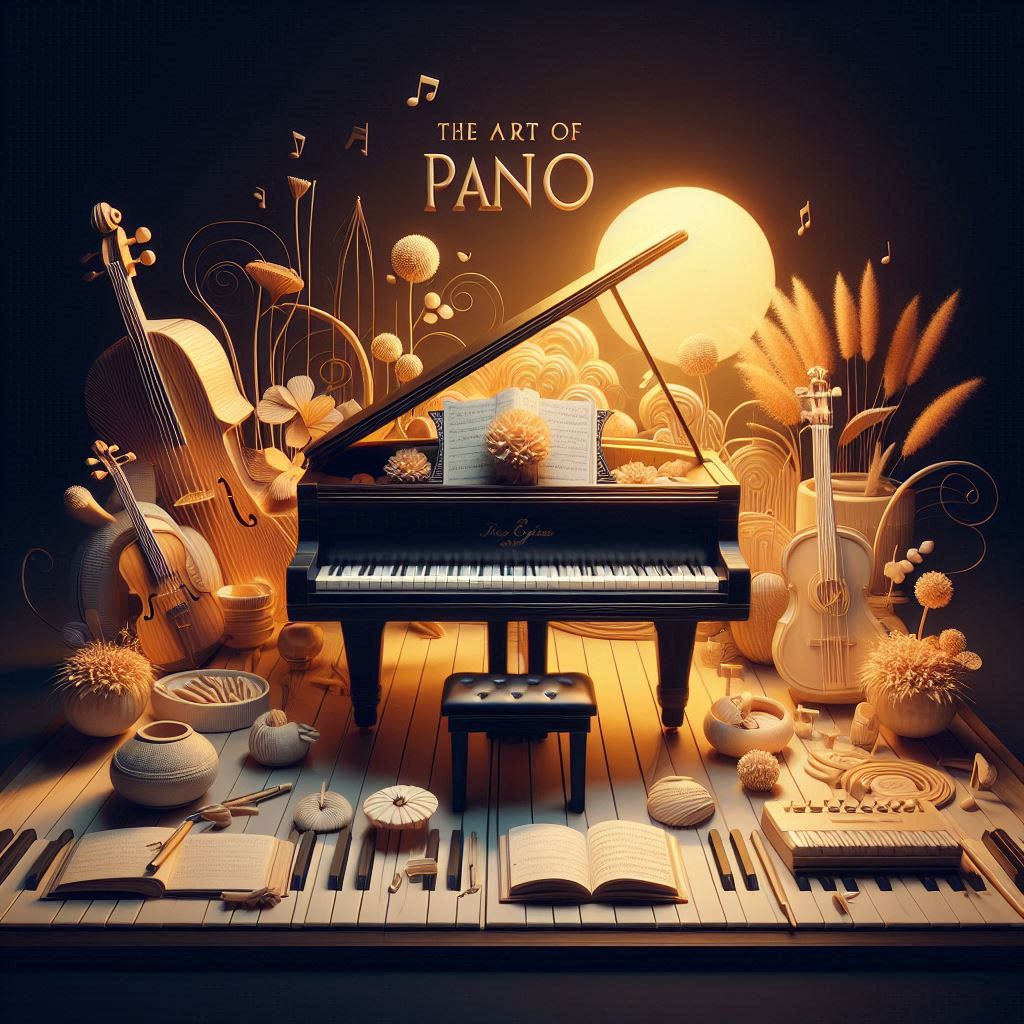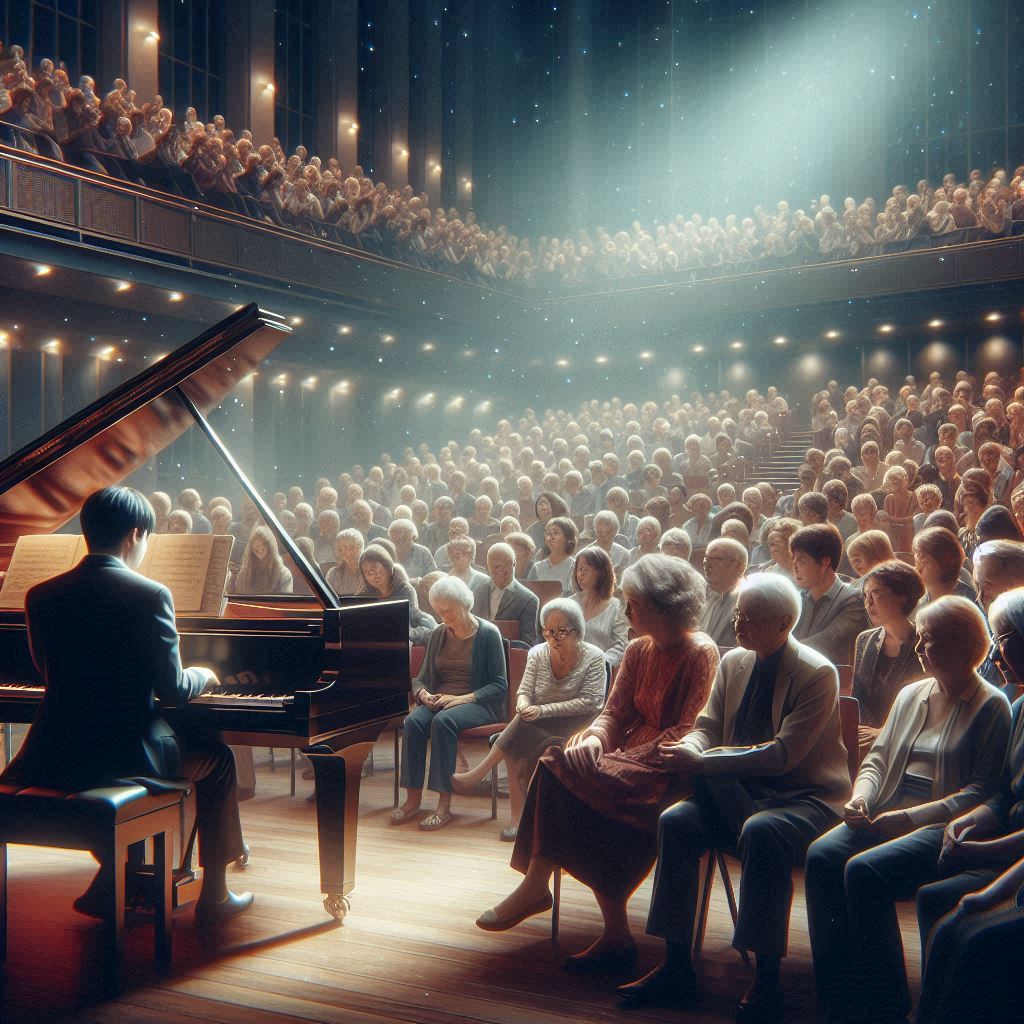Introduction
The piano has been a cornerstone of Western music for centuries, evolving through various musical eras and styles. From its origins in the Baroque period to its prominent role in contemporary music, the piano has undergone significant transformations. This blog explores the evolution of piano music over the centuries, highlighting key composers, styles, and historical developments that have shaped its rich history.
Thank you for reading this post, don't forget to subscribe!1. The Baroque Period (1600-1750)
Early Keyboard Instruments
Before the piano, keyboard music was primarily composed for instruments like the harpsichord, clavichord, and organ. These instruments laid the groundwork for the development of piano music.
Example:
- Harpsichord: Known for its plucked string sound, it was used extensively in Baroque music by composers like Johann Sebastian Bach.
Johann Sebastian Bach (1685-1750)
Bach’s compositions for the keyboard are a cornerstone of Baroque music. His works, such as the “Well-Tempered Clavier,” set a high standard for keyboard technique and musical expression.
Key Works:
- The Well-Tempered Clavier: A collection of preludes and fugues in all major and minor keys, showcasing the possibilities of equal temperament tuning.
2. The Classical Period (1750-1820)
The Birth of the Fortepiano
The fortepiano, an early version of the modern piano, emerged during the Classical period. It offered greater dynamic range and expressive capabilities compared to the harpsichord.
Example:
- Fortepiano: Played by composers like Mozart and Beethoven, it allowed for nuanced expression through touch sensitivity.
Wolfgang Amadeus Mozart (1756-1791)
Mozart’s piano works exemplify the elegance and clarity of the Classical style. His sonatas, concertos, and chamber music pieces remain central to the piano repertoire.
Key Works:
- Piano Sonata No. 11 in A Major, K. 331: Known for its “Rondo Alla Turca” movement, showcasing Mozart’s melodic inventiveness.
Ludwig van Beethoven (1770-1827)
Beethoven’s piano music bridges the Classical and Romantic periods. His compositions expanded the technical and expressive range of the piano.
Key Works:
- Piano Sonata No. 14 in C-sharp minor, Op. 27 No. 2 (“Moonlight Sonata”): A revolutionary work that broke traditional sonata form conventions.
3. The Romantic Period (1820-1900)
Expansion of the Piano’s Capabilities
The Romantic period saw significant developments in piano construction, including the introduction of the iron frame and felt-covered hammers, which allowed for greater volume and expressiveness.
Example:
- Steinway & Sons: Founded in 1853, they revolutionized piano design, contributing to the rich, powerful sound of modern pianos.
Frédéric Chopin (1810-1849)
Chopin’s compositions are quintessentially Romantic, characterized by lyrical melodies, complex harmonies, and expressive depth. He focused almost exclusively on piano music.
Key Works:
- Nocturnes, Op. 9: A set of three pieces that showcase Chopin’s ability to evoke deep emotion and lyrical beauty.
Franz Liszt (1811-1886)
Liszt was a virtuoso pianist and composer whose works pushed the boundaries of piano technique. His compositions are known for their technical demands and innovative use of the piano.
Key Works:
- Hungarian Rhapsodies: A series of 19 pieces inspired by Hungarian folk music, known for their technical brilliance and emotional intensity.
4. The Impressionist Period (Late 19th to Early 20th Century)
New Harmonic and Rhythmic Innovations
Impressionist composers experimented with novel harmonic and rhythmic structures, creating music that emphasized atmosphere and mood.
Example:
- Whole-tone Scale: Used by composers like Debussy to create a dreamlike, ethereal sound.
Claude Debussy (1862-1918)
Debussy’s piano music is marked by its innovative use of harmony, rhythm, and timbre. His compositions evoke images and moods rather than adhering to traditional forms.
Key Works:
- Clair de Lune: Part of the “Suite Bergamasque,” it is one of Debussy’s most famous and evocative pieces, capturing the essence of Impressionism.
Maurice Ravel (1875-1937)
Ravel’s piano works are known for their technical complexity and rich textures. He often drew inspiration from diverse sources, including jazz and folk music.
Key Works:
- Gaspard de la Nuit: A suite of three pieces based on poems by Aloysius Bertrand, known for its technical difficulty and vivid imagery.
5. The 20th Century and Beyond
Modernism and Avant-Garde Movements
The 20th century saw a proliferation of styles and movements, with composers exploring new forms, techniques, and soundscapes.
Example:
- Atonality and Serialism: Techniques used by composers like Arnold Schoenberg to break away from traditional tonality.
Sergei Rachmaninoff (1873-1943)
Rachmaninoff’s piano music combines lush Romanticism with virtuosic demands, making his works favorites among concert pianists.
Key Works:
- Piano Concerto No. 2 in C minor, Op. 18: A staple of the piano repertoire, known for its sweeping melodies and technical challenges.
John Cage (1912-1992)
Cage was a pioneering figure in avant-garde music, known for his experimental approach to composition and performance.
Key Works:
- 4’33”: A groundbreaking piece where the performer remains silent for four minutes and thirty-three seconds, challenging the very concept of music.
Contemporary Piano Music
Today’s piano music is incredibly diverse, with composers drawing from a wide range of influences and techniques.
Example:
- Philip Glass: Known for his minimalist style, Glass’s repetitive structures and evolving patterns create a unique, hypnotic effect.
FAQs
How did the piano evolve from the harpsichord?
The piano evolved from the harpsichord through innovations that allowed for dynamic expression, such as hammer mechanisms and the ability to control volume by touch.
What distinguishes Romantic piano music from Classical piano music?
Romantic piano music is characterized by expressive depth, complex harmonies, and greater emotional range, whereas Classical piano music focuses on clarity, balance, and formal structure.
Who are some key composers of the Impressionist period?
Claude Debussy and Maurice Ravel are the most prominent Impressionist composers, known for their innovative harmonic language and emphasis on atmosphere and mood.
How did 20th-century composers change piano music?
20th-century composers introduced new techniques, such as atonality, serialism, and experimental approaches, expanding the possibilities of piano music and challenging traditional boundaries.
What are some modern developments in piano music?
Modern developments in piano music include minimalism, electronic music integration, and diverse global influences, creating a rich tapestry of contemporary styles.
Why is understanding the history of piano music important for pianists?
Understanding the history of piano music helps pianists appreciate the context and evolution of the repertoire, informing their interpretations and deepening their connection to the music.
Conclusion
The evolution of piano music over the centuries reflects a rich tapestry of innovation, expression, and cultural change. From the intricate counterpoint of the Baroque period to the emotional depth of Romanticism, and from the atmospheric textures of Impressionism to the bold experiments of modernism, each era has contributed to the diverse and vibrant world of piano music. By exploring these developments, pianists and music enthusiasts can gain a deeper appreciation for the art form and its enduring impact on the musical landscape. Happy playing!



